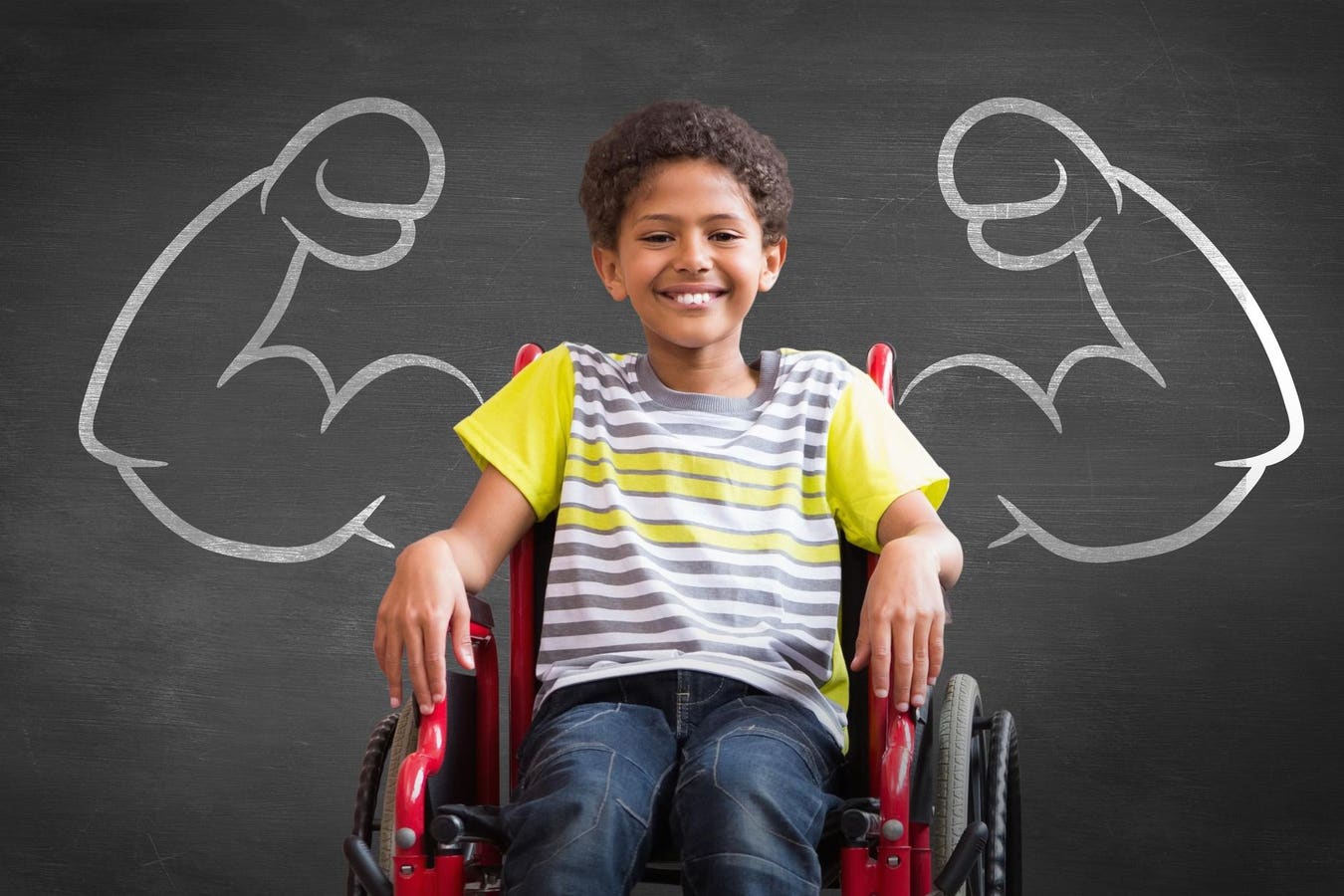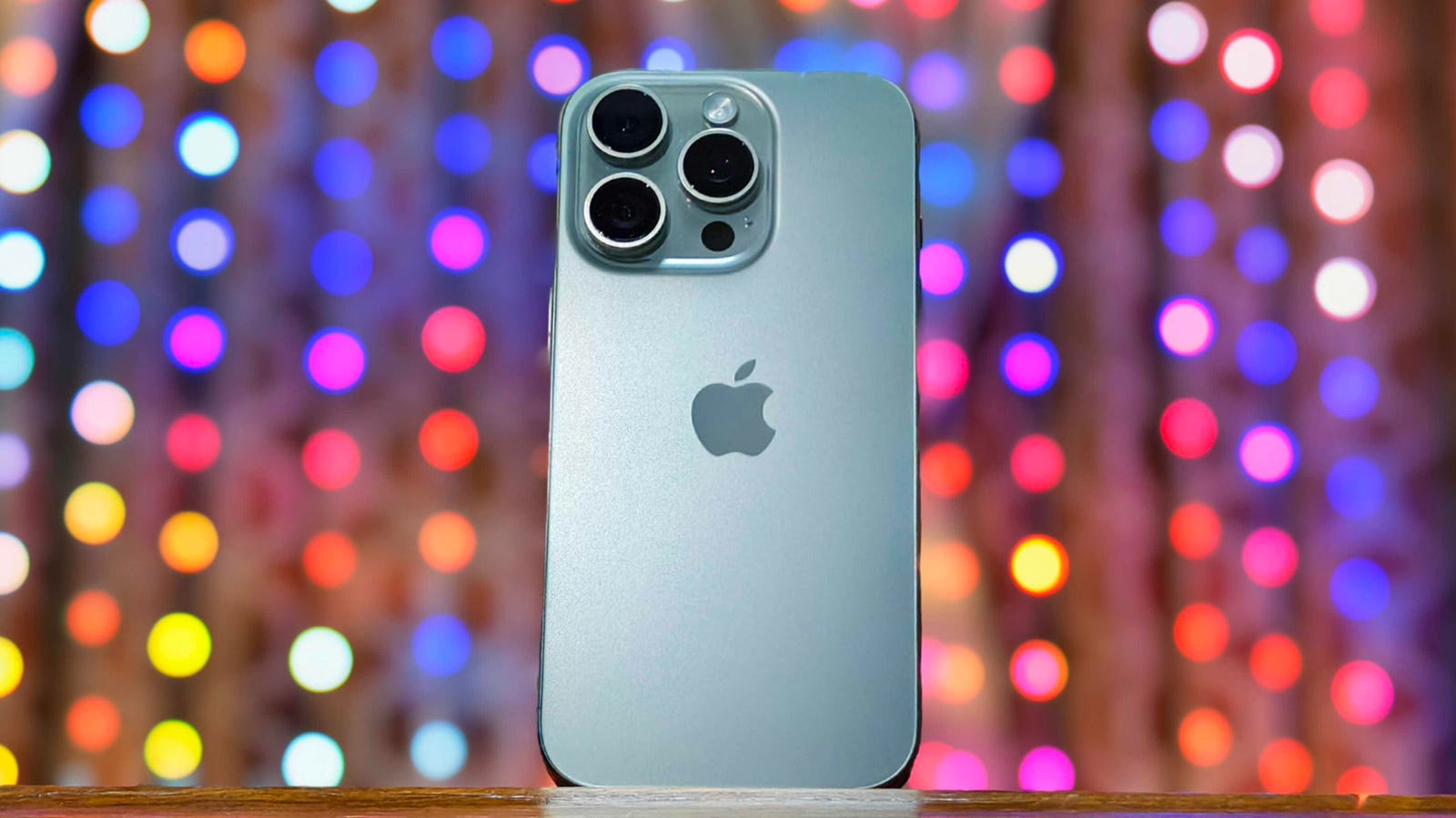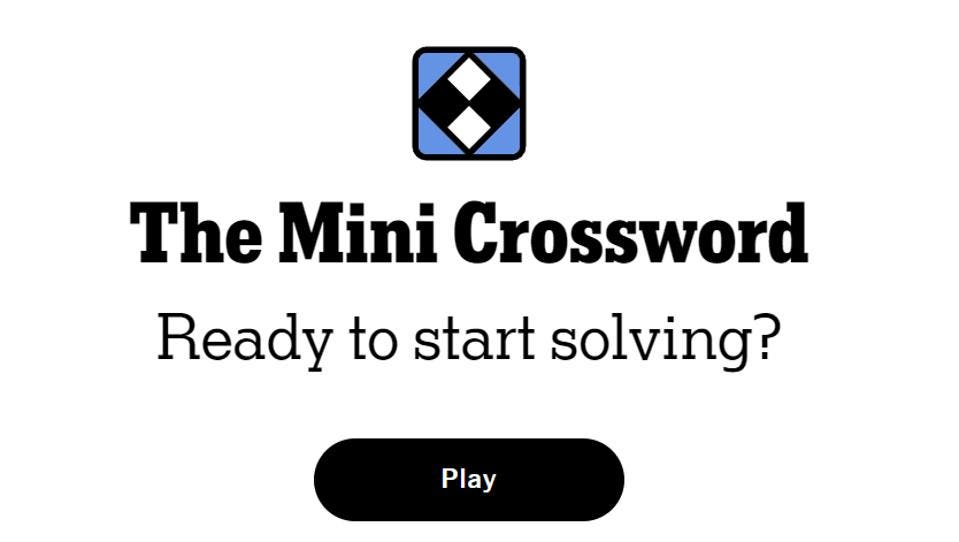Cute disabled pupil smiling at camera in hall against black background
getty
In the quiet revolution happening at the intersection of artificial intelligence and disability support, we’re witnessing something exciting: technology finally keeping pace with human ingenuity. The 1.5 billion people worldwide living with disabilities are not just beneficiaries of this transformation. They’re driving it, reshaping how we think about capability, autonomy and the very definition of what it means to be human in an increasingly digital world.
The psychological impact of this shift cannot be overstated. For too long, assistive technology has been clunky, stigmatizing and one-size-fits-all. But AI is changing that narrative, offering personalized solutions that adapt to individual needs rather than forcing individuals to adapt to technology’s limitations. This represents more than technological progress. It’s a radical reimagining of human potential through a hybrid lens which harnesses the complementarity of natural and artificial assets to their respective full extent.
Transformation In Action
Consider Polly, an AI-powered device developed by former NASA engineer David Hojah through his company Parrots Inc. Designed to fit onto wheelchairs, Polly uses machine learning to provide real-time voice assistance, cognitive support and telecare solutions that learn from each interaction. This isn’t just about convenience—it’s about cognitive sovereignty, allowing users to maintain independence while receiving the support they need.
The educational landscape is experiencing similar breakthroughs. AI-driven tools like conversational agents, predictive text and personalized learning platforms are supporting students with cognitive, speech, or mobility disabilities by adapting to user preferences and learning from interactions. These systems don’t just accommodate difference—they celebrate it, creating learning environments that respond to neurodiversity as a strength rather than a deficit.
Perhaps most remarkably, AI is revolutionizing communication access. Speech-to-text transcription, sound identification and audio separation technologies are breaking down barriers for people with hearing loss, while visual recognition systems are providing unprecedented independence for those with vision impairments. Microsoft’s partnership with Be My Eyes exemplifies this approach, using high-quality, disability-representative data to improve AI accuracy and reduce bias.
Supporting Supporters
The ripple effects extend far beyond individual users. Caregivers, family members and healthcare providers are finding that AI-powered assistive technologies reduce their emotional and physical burden while improving care quality. Smart monitoring systems can track health metrics, predict potential issues and provide early interventions, allowing caregivers to focus on human connection rather than constant vigilance.
Integrated AI assistants are moving beyond standalone apps to provide seamless, intuitive support that feels natural rather than clinical. This shift represents a psychological breakthrough for caregivers, who often struggle with the tension between wanting to help and fearing they’re enabling dependency. AI systems that promote autonomy while ensuring safety resolve this dilemma beautifully. The next stage are apps that offer a 360º approach, addressing the wellbeing of the caregiver and those in their care 24/7.
Shadows: Risk And Reality
However, the path forward isn’t without its pitfalls. The same AI systems designed to liberate can also marginalize if not carefully designed. Tools like sentiment analysis and toxicity detection models often exhibit biases toward people with disabilities, perpetuating harmful stereotypes embedded in training data as shown by research from Penn State.
More concerning, studies show that AI systems like ChatGPT demonstrate bias against disability-related resumes, potentially limiting employment opportunities for those who most need technological support to level the playing field. The cruel irony is that the very systems designed to promote inclusion can inadvertently reinforce exclusion.
Privacy concerns loom large as well. AI systems require vast amounts of personal data to function effectively, raising questions about who controls this information and how it might be used. For a community that has historically faced discrimination, the surveillance potential of AI assistive technologies represents a genuine threat to autonomy and dignity.
There’s also the risk of over-reliance. While AI can provide incredible support, it shouldn’t replace human judgment or community connection. The goal isn’t to create AI-dependent individuals but to use technology as a bridge to greater human engagement and self-determination.
The Business Case For Inclusive Innovation
While all of these examples are interesting illustrations of prosocial AI in practice, the double beauty of this transformation lies in its economic sustainability. The global assistive technology market is projected to reach $26.8 billion by 2024, driven not just by moral imperatives but by genuine market demand. Companies like Microsoft, Google and Apple aren’t investing in accessibility features out of charity, they recognize that inclusive design creates better products for everyone.
Consider how closed captioning, originally developed for deaf and hard-of-hearing users, now benefits millions in noisy environments or when audio isn’t available. Voice recognition technology, refined through work with speech disabilities, powers virtual assistants used by billions. This pattern repeats across industries: designing for disability drives innovation that benefits all users.
The European AI Act’s emphasis on accessibility signals that regulatory frameworks are catching up with this reality. Companies that prioritize inclusive AI aren’t just doing good, they’re positioning themselves for long-term success in an increasingly regulated landscape.
The Path Forward: A.B.L.E.
As we are opening this new chapter of technological capability and human need, 4 principles should guide our approach:
Adapt with Purpose: AI systems must be designed for personalization, not standardization. Every individual brings unique needs, preferences and strengths. Technology should flex to fit these differences rather than forcing conformity.
Build with Community: The disability community must be centered in design processes, not consulted as an afterthought. Nothing about disabled people should be created without disabled people and this principle becomes even more critical when dealing with AI systems that can perpetuate or challenge existing biases.
Learn Continuously: AI systems should be designed for ongoing learning and improvement, with feedback loops that allow for real-time adjustments based on user experience. This isn’t just about technical optimization—it’s about creating systems that grow with their users.
Ensure Equity: Access to AI-powered assistive technologies shouldn’t depend on economic privilege. The most transformative innovations mean nothing if they’re available only to those who can afford them. This requires intentional effort to ensure broad accessibility and affordability.
The future of AI and disability isn’t just about making life easier for people with disabilities—it’s about creating a world where everyone can contribute their unique talents and perspectives. When we design for the margins, we create solutions that benefit the center. When we prioritize human dignity alongside technological capability, we build systems that serve not just profit margins but human potential.
The revolution is already underway. The question isn’t whether AI will transform disability support — it’s whether we’ll have the wisdom to guide that transformation toward liberation rather than limitation. The choice, as always, is ours.
An Opportunity To Learn More
Note – At the United Nations Science Summit 2025 a session looks at the potential of harnessing prosocial AI to help everyone a chance to thrive. Please join online on September 15th at 11 AM EST / 5 PM CET / 11 PM Malaysia time.









